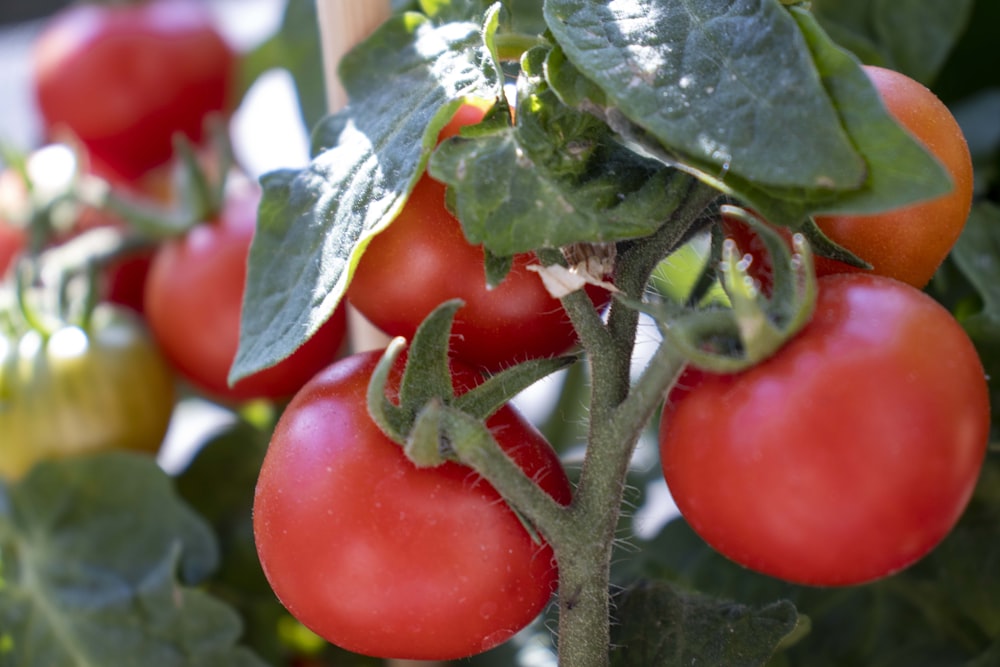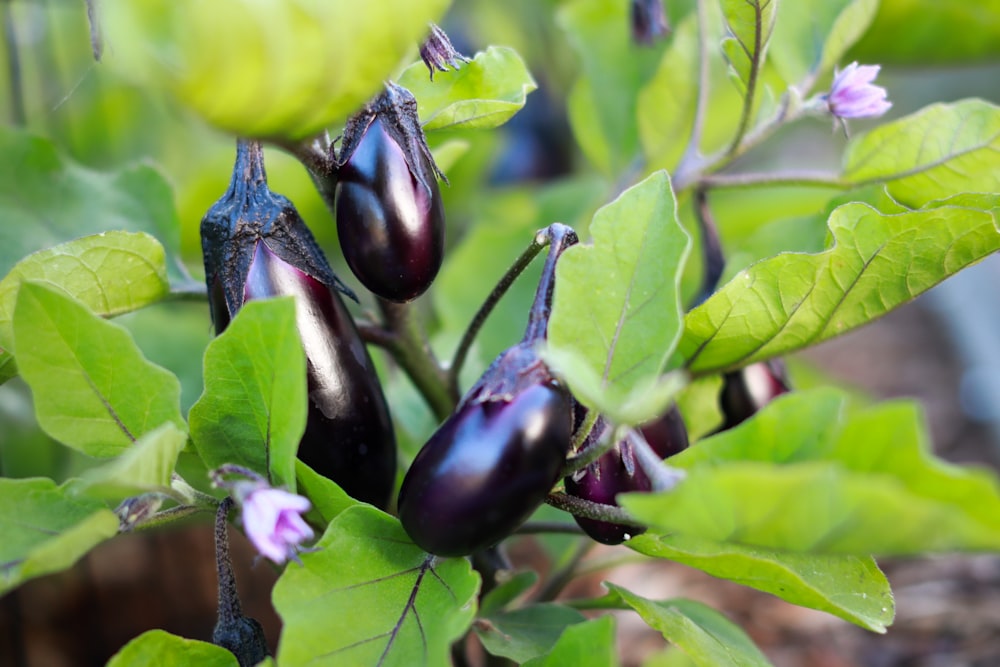Spring and summer are the perfect seasons for growing fresh vegetables in your garden. There's nothing quite like the taste of vegetables that have been picked at their peak of ripeness and flavor. But with so many different vegetables to choose from, it can be difficult to decide which ones to grow.

Why Growing Your Own Vegetables is Important
Fresh, Healthy: One of the most obvious benefits of growing your own vegetables is having access to fresh, healthy food. Homegrown vegetables are often more nutrient-rich and flavorful than store-bought options, and you can have peace of mind of knowing that your produce was grown without harmful chemicals.
Cost Savings: Growing your own vegetables can also be a cost-effective way to eat healthily. Once you invest in the initial setup of your garden, you can produce a lot of food for a relatively low cost. Plus, you won't have to pay the markup that grocery stores often charge for fresh produce.
Physical Activity: Gardening is also a great form of physical activity. It can help improve your fitness, strength, and flexibility, while also providing a relaxing and therapeutic experience.
Connection to Nature: Gardening can also be a way to connect with nature and the environment. By growing your own food, you become more aware of the natural cycles of the seasons, and you can develop a deeper appreciation for the environment and the food you eat.
Overall, a vegetable garden can provide a lot of benefits for both your physical health and mental well-being. Plus, there's something rewarding about being able to eat food that you grew yourself.
List of 10 Best Spring and Summer Vegetables
If you're unsure of what to plant in your vegetable garden during the warm spring season and find yourself standing in the sun, this post is for you. Below you’ll see the best vegetables to grow every year!
Tomatoes: They can be the best choice to grow in the summer, but require extra care and attention. These warm-weather crops need temperatures between 70-80°F (21-27°C) during the day and slightly cooler temperatures at night. Proper watering and fertilization are crucial to keeping the plants healthy and producing fruit during the hot summer months. In very hot and humid climates, disease and pest management may be necessary. Choosing disease-resistant tomato varieties and closely monitoring the plants for signs of issues can help mitigate problems. With extra effort and attention, it's possible to have a successful tomato crop during the summer season.
Peppers: Peppers are versatile warm-weather vegetables available in numerous varieties ranging from mild to fiery hot, to cater to every palate. It's best to plant them outdoors when nighttime temperatures are consistently above 60°F. Peppers thrive in a sun-drenched location with well-draining, nutrient-rich soil. It's recommended to add an all-purpose vegetable fertilizer to the soil during planting and maintain even moisture for the plants. Due to the fruit's weight, staking or caging is required to prevent the plant from collapsing or breaking.
Cucumbers: Cucumbers are warm-weather vegetables that thrive in hot and sunny conditions. They prefer well-draining soil that is rich in organic matter, so adding compost or other organic material to the soil before planting can be beneficial. Cucumbers can be started from seed or purchased as seedlings from a nursery. Cucumbers require consistent moisture to thrive, but be careful not to overwater them, as this can lead to disease and other problems. It's important to keep the soil moist but not waterlogged, and to water at the base of the plant rather than overhead to prevent the leaves from getting wet.
Summer Squash: It is a warm-weather vegetable and be grown easily in most vegetable gardens. They prefer well-draining soil that is rich in organic matter and full sun exposure. Summer squash can be started from seed or purchased as seedlings from a nursery. They require consistent moisture but should not be overwatered, as this can lead to disease and other problems. Summer squash can be harvested when they are small and tender or left to grow larger, depending on your preference. Regular fertilization and harvesting will keep the plant producing new fruit throughout the summer season.
Corns: It requires ample sunlight and space to grow. The ideal soil should be well-draining and fertile. Planting corn in groups is recommended for better pollination. Corn needs consistent watering, particularly during the critical tasselling and silking stage when the ears of corn are developing. Fertilization is essential to support healthy growth. It is ready to harvest when the silk on the ear turns brown and the kernels are plump and firm. With proper care and attention, fresh and delicious corn can be grown in a home vegetable garden.
Kale: It’s a remarkably resilient vegetable that can withstand the cold temperatures of winter. Certain varieties of kale can even survive the winter and regrow in the spring. It's best to plant kale in late spring for a summer harvest and again in late summer for a fall harvest. Kale is a highly nutritious green that can be used in various dishes such as salads, soups, and smoothies. It's a versatile and easy-to-grow vegetable that's perfect for both beginner and experienced gardeners.
Eggplant: Eggplant is a low-maintenance vegetable that grows well during the warm summer months. In cooler climates, using methods such as cloches or black plastic mulch can help warm the soil and speed up growth. Eggplants need plenty of sunlight, fertile soil, and consistent watering. It's best to harvest them when they are young for optimal taste. For a simple and tasty side dish, slice the eggplant, brush it with olive oil, and grill it on the barbecue.
Sorrels: It is an excellent addition to any garden, particularly the cold-hardy perennial variety such as the French red-veined 'Raspberry Dressing'. Their striking foliage and tangy flavor make them an ideal choice for salads and soups during the hottest days of summer. Plant them in a suitable location in the garden or in a container where they can thrive and return year after year.
Lettuce: Growing a variety of loose-leaf lettuces with different shapes and colors can add interest to salads. While growing traditional iceberg lettuce can also be fulfilling. Planting lettuce as seeds or seedlings every few weeks ensures a steady supply of fresh greens to harvest. It's a great way to have a continuous harvest throughout the growing season.
Herbs: Growing herbs should be a top priority if space is limited in your garden. Herbs can be incredibly costly when purchased in plastic packages from stores, but growing your own supply can yield an abundant harvest throughout the season. Herbs are versatile, adding flavor to your favorite dishes, making refreshing teas, or even being used for medicinal purposes. They're also relatively low-maintenance and can be grown indoors or outdoors, making them a convenient addition to any garden or windowsill.
For today’s blog, these are what we have. By planting these 10 vegetables, you'll not only have a bountiful harvest but also enjoy the satisfaction of growing your own fresh and healthy produce. Happy gardening!






¡Comparte y obtén un 15% de descuento!
¡Simplemente comparta este producto en una de las siguientes redes sociales y obtendrá un 15 % de descuento!